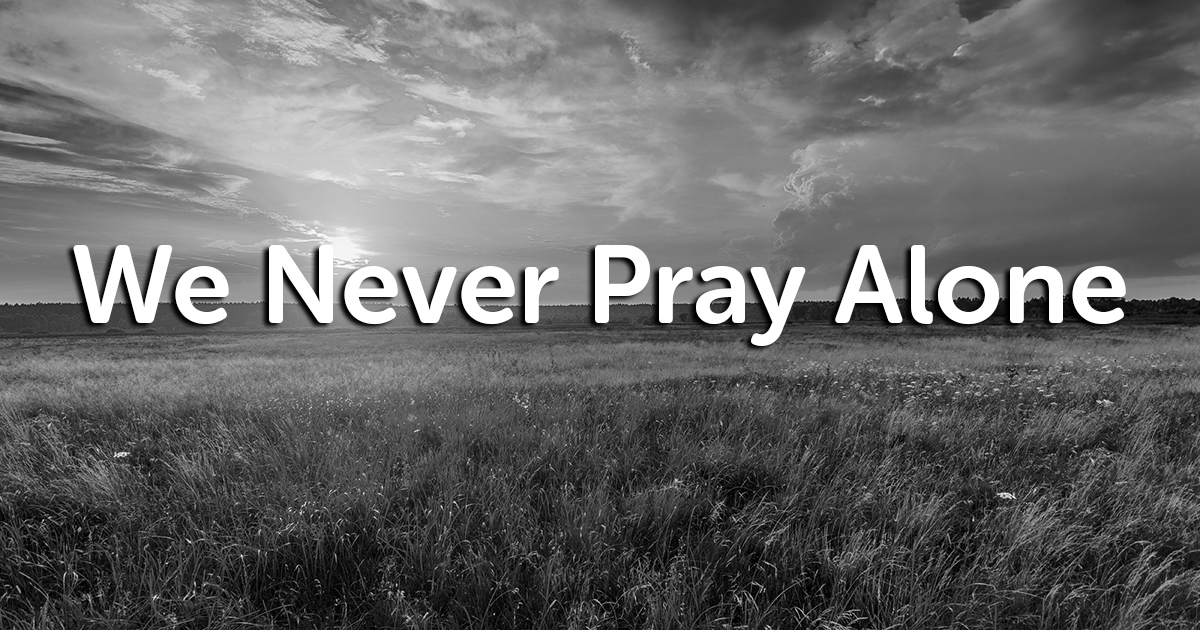“In the sixth month the angel Gabriel was sent by God to a town in Galilee called Nazareth, to a virgin engaged to a man whose name was Joseph, of the house of David. The virgin’s name was Mary. And he came to her and said, “Greetings, favored one! The Lord is with you.”
But she was much perplexed by his words and pondered what sort of greeting this might be.” Luke 1:26-29
On Wednesday of this past week, many Christian denominations celebrated the holy day of “The Annunciation.” The Annunciation marks the supposed day when the Angel Gabriel came to the Virgin Mary and announced that she was to bear the Son of God. I love how Mary first reacts, “But she was much perplexed by his words and pondered what sort of greeting this might be.” I dare say we would all be perplexed and pondering if an angel showed up on our doorstep too!
For centuries, many Christians have venerated (remembered) the life of the Blessed Virgin Mary. As a part of that tradition, some Christians (including myself) pray the prayer known as the “Hail Mary.” However, I was unaware that the prayer changed significantly in the 14th century.
Originally, the prayer was only two lines, both of Holy Scripture. The first is Luke 1:28, “Hail, favored one, the Lord is with thee.” And the second is Luke 1:42, taken from the words Elizabeth greeted Mary with, “Blessed art thou among women and blessed is the fruit of thy womb, Jesus.” And that was the end of the prayer.
But according to Philip Koloski, a second part was added during the bubonic plague (also known as the “Black Death.”) The second part is reads as, “Holy Mary, Mother of God, pray for us sinners now and at the hour of our death.” Now and at the hour of our death. A bit morbid at first glance. However, the addition to the prayer was very timely.
The late Roman Catholic Archbishop Fulton J. Sheen explains the addition, “Since [the prayer] seizes upon the two decisive moments of life: “now” and “at the hour of our death,” it suggests the spontaneous outcry of a people in a great calamity. The Black Death, which ravaged all Europe and wiped out one-third of its population, prompted the faithful to cry out to the Mother of Our Lord to protect them at a time when the present moment and death were almost one.”
Sound familiar? In this present time, we are facing a great calamity- a disease that we don’t know how to stop and we don’t know how to cure. Death is near for many people. What can we do? There are many responses, but the one thing we can all do is pray. In my tradition, we believe in a doctrine called “the communion of saints.” Basically, we believe that we are one with the saints on earth and the saints in heaven. And we believe that these saints pray for us. And we follow their example by offering our own prayers.
So do not despair, for as we pray each day, know that our prayers are joined by the prayers of our brothers and sisters on earth, by the prayers of the saints in heaven, and by the prayers of the Blessed Virgin Mary, now and at the hour of our death.
The peace of the Lord be always with you, Seth+
The Rev. Seth M. Walley is a Senior Advisor with The Saint Francis Foundation and the priest associate at Christ Episcopal Church in Bay St. Louis, Mississippi.





